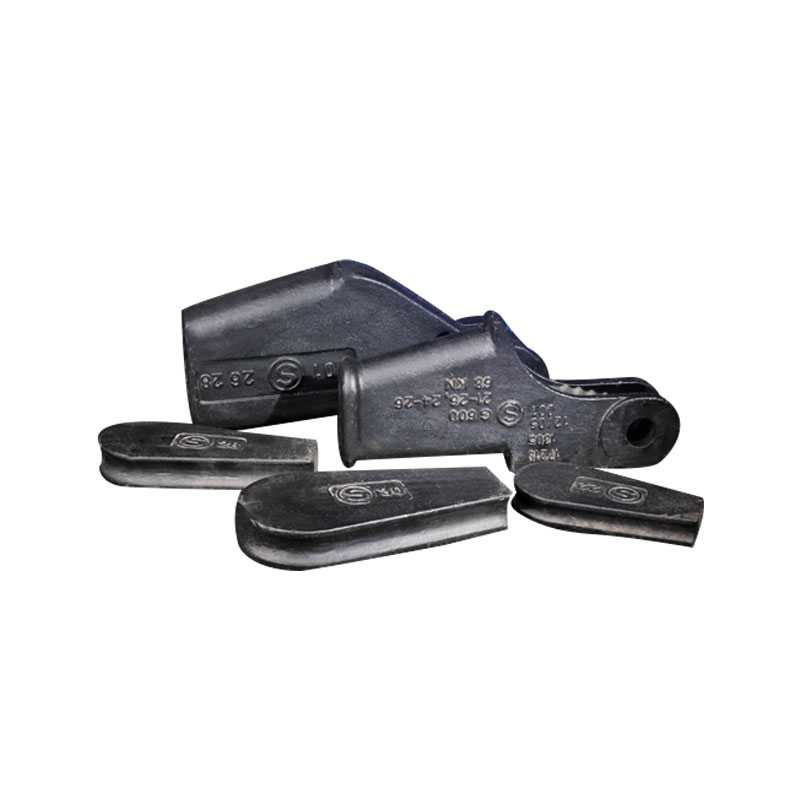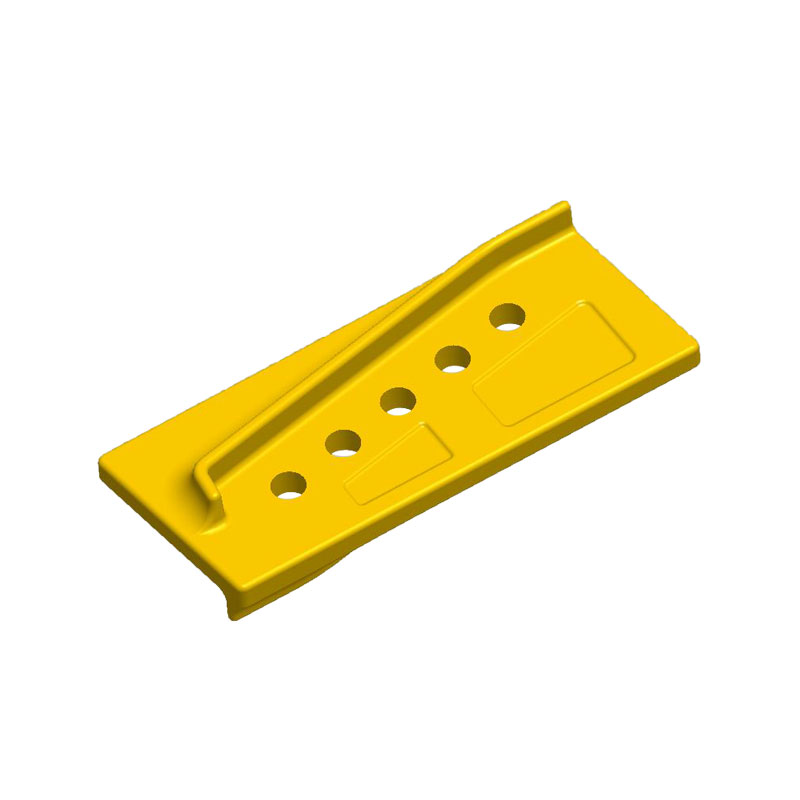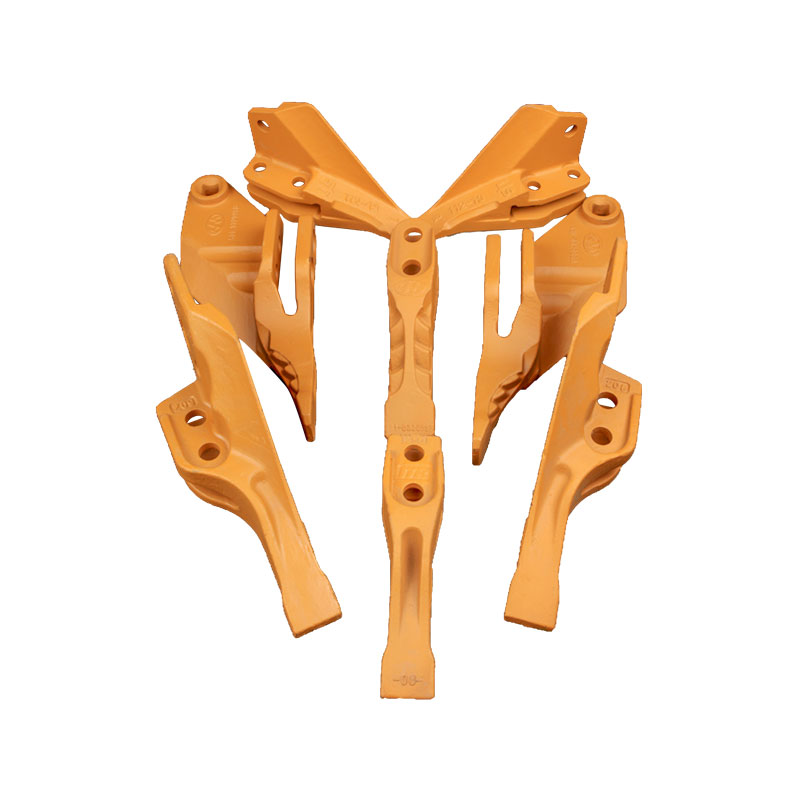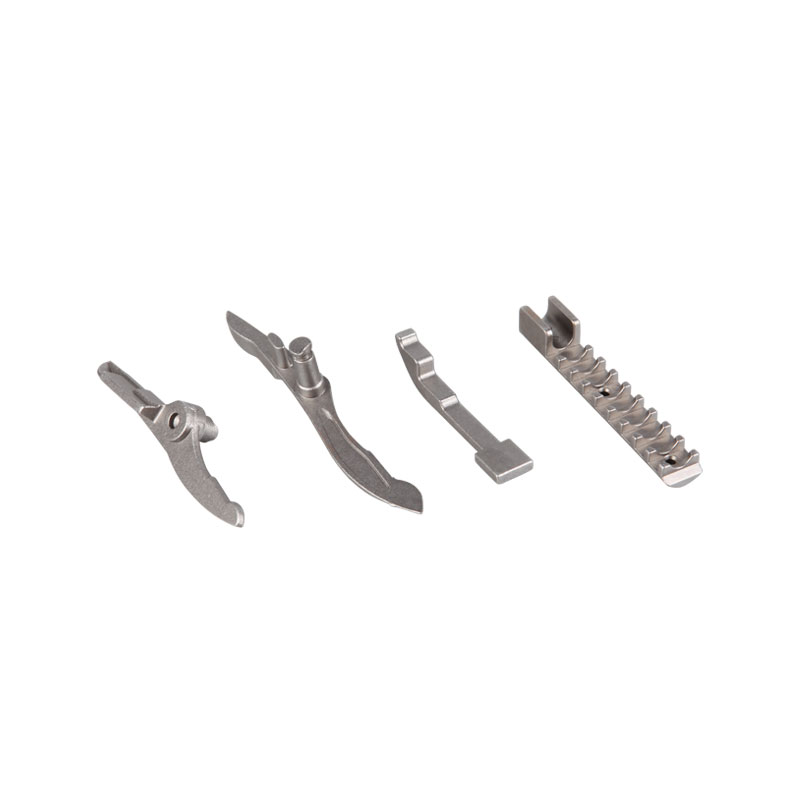A good way to create accurate CNC machining parts is […]
A good way to create accurate CNC machining parts is to use a 5-axis CNC mill. These machines allow users to create complex parts by combining multiple tools to create unique designs. Using a 5-axis CNC mill can minimize the number of setups required for a single part. Its high holding capacity allows for large workpieces and the specialized tools can reach the bottom of deep holes. But these tools have higher vibration and a lower degree of accuracy than other methods.
CNC machines can also work with different types of materials. Some metals, like aluminum, are softer and less expensive to work with than others. However, the softer metals can't withstand as much stress as harder metals. Steel, on the other hand, is a hard metal and takes longer to work with. Besides, the price of this type of machining project will depend on the cost of the raw material used.
Tolerances are essential when CNC machining parts. Tolerances are generally specified for metal parts, and some shops don't even give you a default tolerance. But a general rule is that CNC machining parts should have walls that are at least 0.8 millimeters thick (1.5 mm for plastics). The thinner the wall is, the more vibrations and friction the parts will experience during processing. Thinner walls are also prone to warping as a result of residual stresses and increased temperatures.
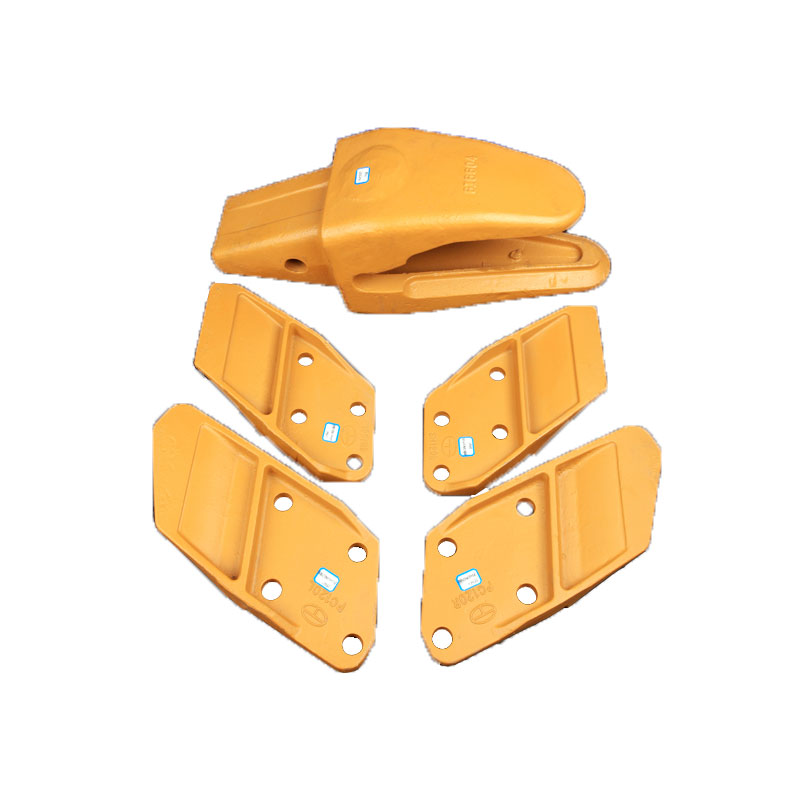
CNC machining costs can vary widely, depending on the part size and overall geometry of the product. Larger products require more materials and complex geometric designs, which increase the cost. The size of the CNC machining machine and the quantity of the CNC machines used also affect the cost. Many CNC machining parts require additional processing, such as polishing and plating, and this can add to the overall cost. Additionally, the factory location and working environment can affect the cost of CNC machining parts.
While CNC machining is a versatile machining process and can produce high-quality results, there are design restrictions. Users must choose parts that fit within the capabilities of the machine. The limits of CNC machining are often limited, but these constraints should not hinder your designs. It is important to consider these limitations before deciding on a CNC machining process. If the part needs to have an internal hidden geometries, consider a five-axis machining option.
The process of determining the best CNC machining process starts with an analysis of the processing drawing. This document identifies the part shape and dimensional accuracy, surface roughness, materials, and heat treatment conditions. Based on these factors, the CNC machining tool can determine the best route to take, the appropriate machine tools, and the amount of cutting to be performed. CNC machining companies provide tailored services and skilled labor for their customers. You won't find the same level of service in-house.
The benefits of CNC machining are many. The CNC machining process can be used to create complex shapes, and is a cost-effective solution for small-to-medium-scale manufacturing. The machine can handle various types of engineering materials, including aluminum, magnesium, steel, and stainless steel. Furthermore, CNC machining can produce virtually any shape. The benefits of CNC machining can be seen in many industries. In fact, it is widely used in the aerospace and automotive industries.
